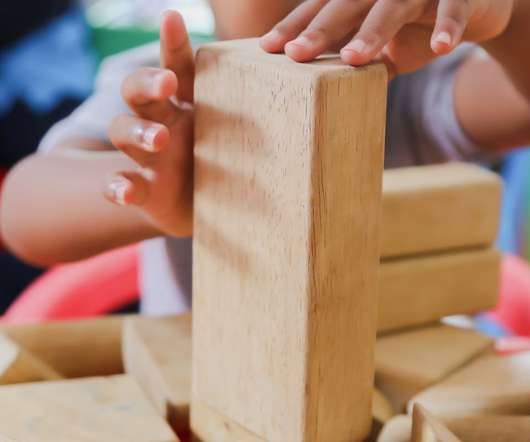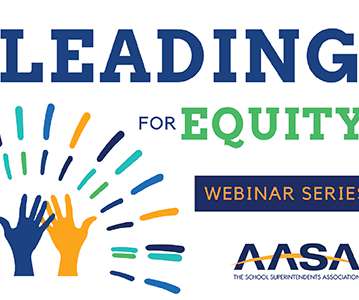Inquiry Hub Secondary School – Confluence and Influence
Pair-a-dimes for Your Thoughts
MARCH 4, 2019
Confluence and Influence – Inquiry Hub Secondary School. Background: The 2018-2019 school year is Inquiry Hub Secondary’s 7th year since it was founded. In 2015 Riverside Secondary School started delivering Digital Learning 10 to their Grade 9 students (which is also the grade we deliver it at for Inquiry Hub students).
























Let's personalize your content